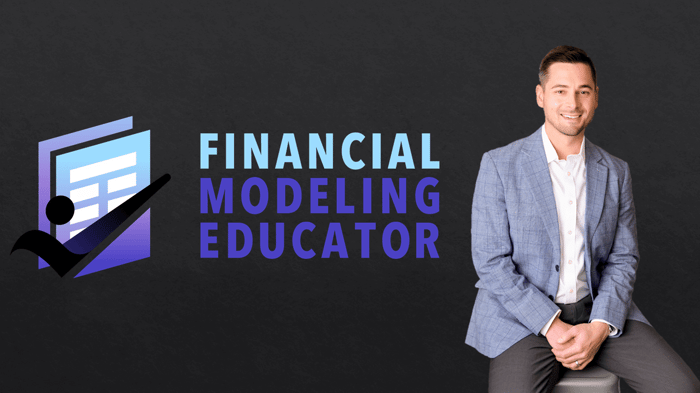Intro
Most of my posts are "how to" based.
After all, my goal is to help you become a better Financial Modeler.
This week I thought I'd mix it up and tell a story that a lot of people ask me about: my time spent working on the Lehman Brothers bankruptcy.
Let's go behind the curtain today...
Just Getting Started
This was way back in 2009 (one year after Lehman officially filed for bankruptcy).
I was fresh out of college and working for FTI Consulting in NYC.
As it happens, the Lehman building was only a few blocks away near Rockefeller Center.
So rather than being shipped off to some remote client in the Midwest, I simply walked down the street, and began my "working career" at one of the most high-profile bankruptcies in history.
Why Lehman Failed
To make a long story short, here's the gist of it:
Lehman's collapse was primarily due to its extensive investment in the subprime (aka risky) mortgage market, in a fancy product known as the "mortgage backed security" (an investment made up of thousands of different mortgages).
At that time, tons of "subprime borrowers" had adjustable-rate loans. These loans start with a "teaser rate" that is low, maybe 2%, and then a few years later those teaser rates expire and the regular rate kicks in, say 5-6%.
When the regular rates kicked in, people defaulted on their mortgages, which caused housing prices to drop (this is the "bursting bubble").
As the housing bubble burst, the value of these mortgage backed securities plummeted and caused massive financial losses.
Lehman, unable to secure sufficient funds to stay afloat and unable to find a buyer, faced an unprecedented liquidity crisis, leading to its historic bankruptcy in 2008, a catalyst event in the global financial crisis.
Bankruptcy 101
When a company files for Bankruptcy, they are called the "debtor."
One of the primary objectives in bankruptcy is the orderly distribution of the debtor's remaining assets.
This process follows a specific order of priority, as outlined by bankruptcy law:
- Secured creditors, who have collateral backing their claims, are typically paid first.
- Unsecured creditors, like bondholders and suppliers, come next.
- Shareholders usually receive whatever assets are left, if any.
The Scene
If you've seen The Big Short, the setting inside wasn't all that dissimilar from what is depicted in the movie in terms of vacancy.
At times it almost felt like a "ghost town" of a building.
However, by the time I got there, any disheveled mess had long-since been cleaned up.
For the most part it was a big, empty, quiet building.

Huddled inside a small conference room, we began "unwinding" derivative contracts one by one: interest rate swaps, credit default swaps, FX swaps, and other swaps I can no longer remember.
A combination of the Bloomberg terminal and Excel models helped us reach our valuations.
This was my first official exposure to Financial Modeling (and wow, was I complete amateur).
This was nothing like the VLOOKUPs I was so proud of back in college. It wasn't Excel, it was modeling: creating a financial tool that had real-world implications (yikes).
After botching countless SUMIF functions (there was no "SUMIFS" back then) and forgetting to double-check my work, I finally got the hang of it.
Thankfully, I had some great mentors along the way who were patient enough with my rookie skills.
It took about a year, but by that time I was pro (or at least, very educated on the subject matter).
In Closing
Reflecting on my days at Lehman, I realized how pivotal this experience was in shaping my approach to Financial Modeling.
It taught me the importance of detail, the impact of real-world events on financial markets, and the necessity of adaptability in our field.
Obviously, these real-world experiences heavily influence my course content.
My aim is to provide you not just with technical skills, but with practical wisdom that can only be gained through experience.
So, whether you’re just starting out or looking to deepen your understanding, I'm here to guide you every step of the way.
That's it for today, thanks for reading. See you next time.
—Chris
If you liked this post, please consider joining my free email series the Financial Modeling Educator where go in-depth on the intersection of Financial Modeling in the worlds of FP&A and Private Equity.

